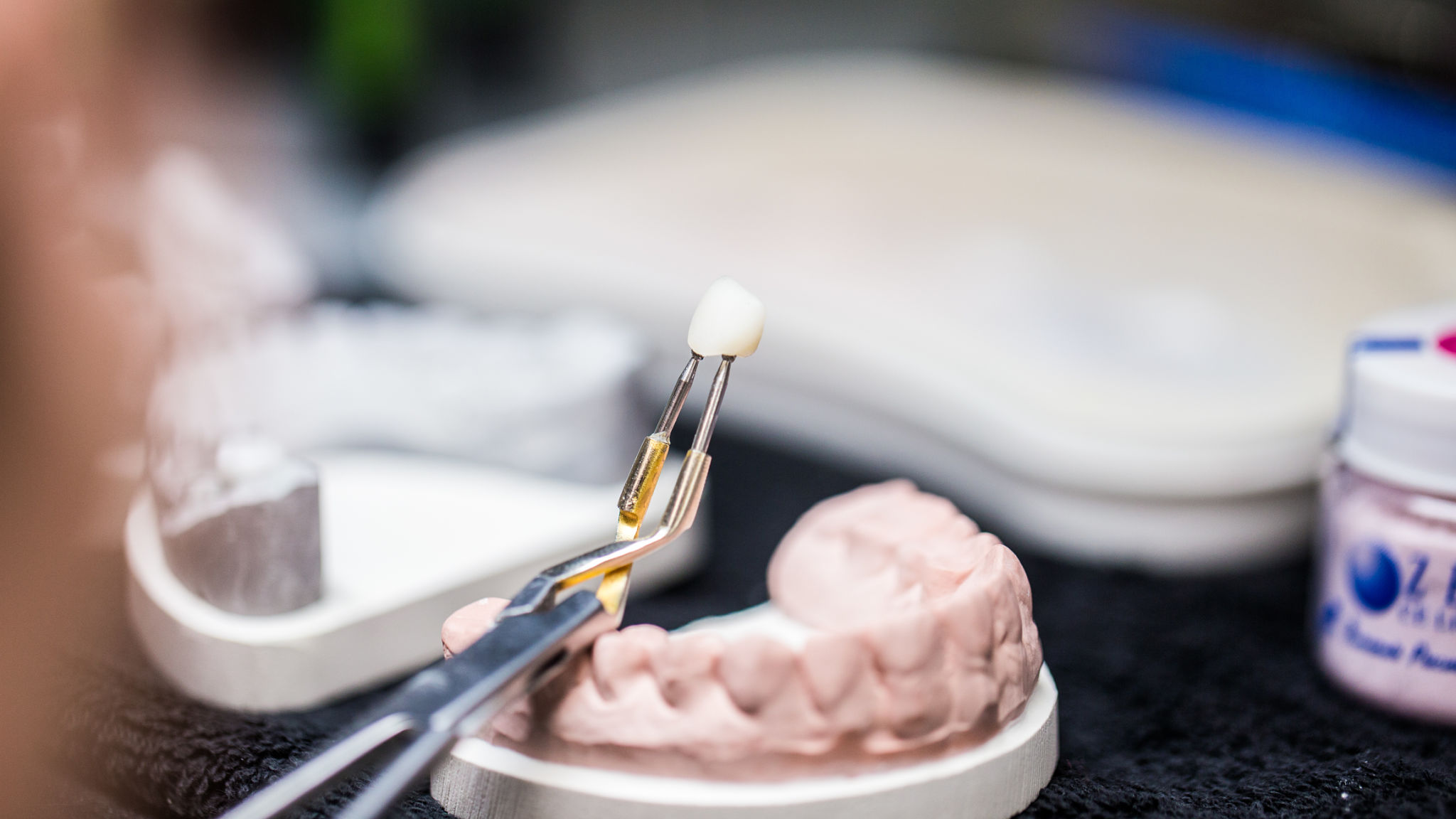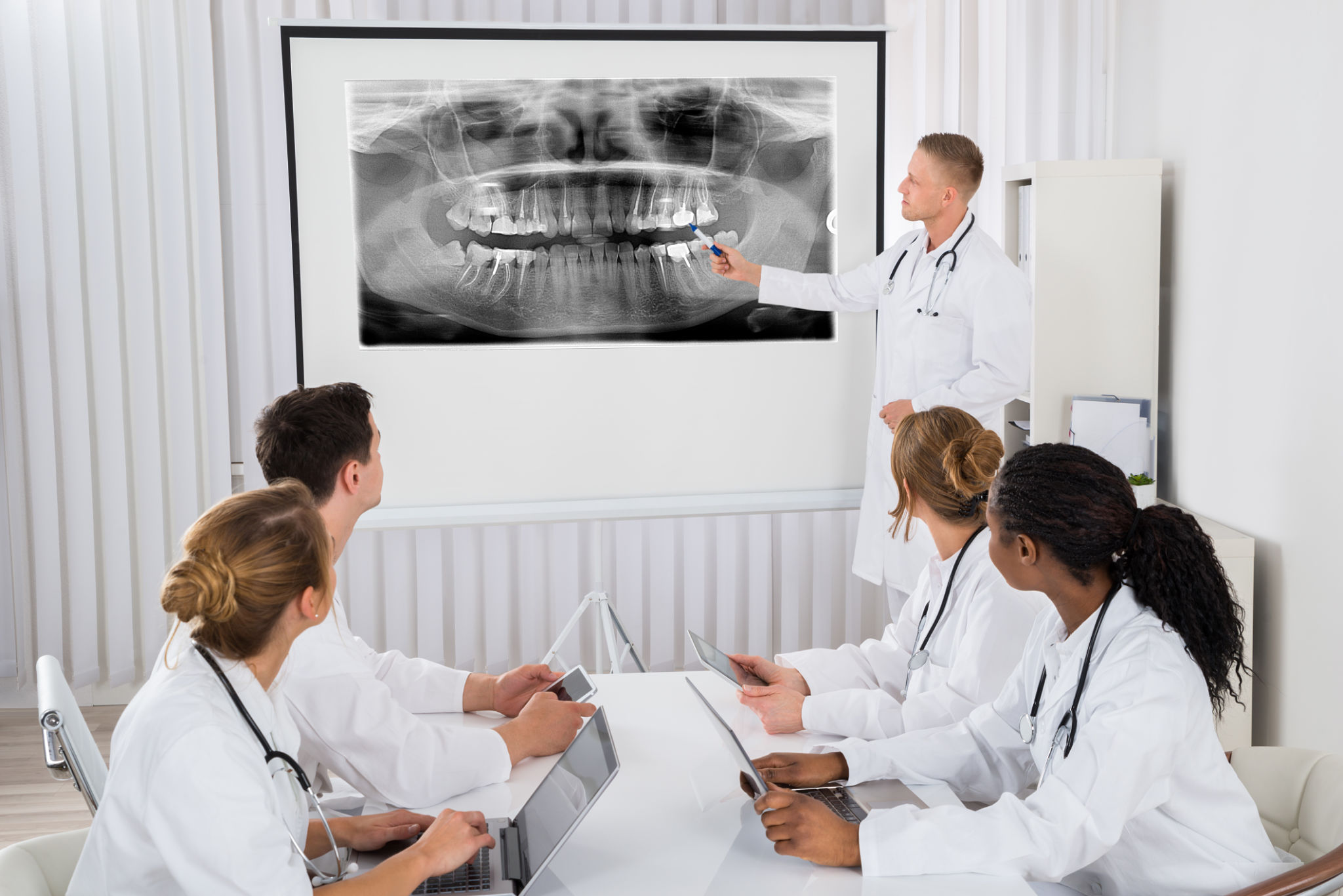Common Misconceptions About 3D Printed Dental Models and How to Address Them
Understanding the Basics of 3D Printed Dental Models
3D printed dental models have revolutionized the dental industry, offering precision and customization that traditional methods often lack. However, despite their growing popularity, several misconceptions still exist about their use and effectiveness. This blog post aims to address these misconceptions and provide clarity on the benefits of 3D printed dental models.
Many believe that 3D printing in dentistry is a recent innovation. In reality, the technology has been around for several decades, gradually improving in accuracy and accessibility. Today, it is a critical component in modern dental practices, aiding in everything from orthodontics to implantology.

Misconception 1: 3D Printed Models Are Not Accurate
One common misconception is that 3D printed dental models lack the accuracy needed for effective treatment planning. This couldn't be further from the truth. In fact, 3D printing technology has advanced to the point where it can produce models with a precision of up to 16 microns. This level of detail ensures that dental professionals can rely on these models for accurate representations of a patient’s oral anatomy.
The accuracy of 3D printed models is enhanced by the use of high-resolution scanners and advanced software that translates digital scans into printed models. These tools work together to produce highly detailed and reliable outputs, which are essential for successful dental treatments.

Misconception 2: The Process Is Too Expensive
Another myth surrounding 3D printed dental models is that they are prohibitively expensive. While initial setup costs for 3D printing equipment can be high, the long-term savings are significant. Traditional methods require multiple manual steps, each with associated costs that can add up over time. In contrast, 3D printing streamlines the process, reducing time and labor costs.
Moreover, as technology becomes more widespread, the cost of 3D printers and materials continues to decrease, making it a more affordable option for many dental practices. The investment is often justified by improved patient outcomes and increased efficiency.
Misconception 3: Materials Used Are Not Durable
Some critics argue that the materials used in 3D printing are not durable enough for dental applications. However, advancements in material science have led to the development of specialized resins and polymers designed specifically for dental use. These materials are not only durable but also biocompatible, ensuring safety for patients.

Dental professionals can choose from a range of materials depending on the specific requirements of a case, whether it’s for creating orthodontic aligners or surgical guides. The versatility of these materials makes them suitable for a wide array of applications within dentistry.
Addressing Misconceptions Through Education
Understanding and addressing these misconceptions is crucial for both dental professionals and patients. As more practices adopt 3D printing technology, education plays a key role in dispelling myths and highlighting the benefits of this innovative approach.
Dental professionals should stay informed about the latest advancements in 3D printing technology through continuous education and training. By doing so, they can better communicate the advantages and capabilities of 3D printed dental models to their patients.
- Stay updated on technology advancements.
- Attend workshops and seminars.
- Engage with industry leaders through forums and discussions.

The Future of 3D Printed Dental Models
The future of dentistry is undoubtedly intertwined with technological advancements, and 3D printing is at the forefront of this evolution. As misconceptions are addressed and technology continues to improve, the adoption of 3D printed dental models will likely increase.
This will not only enhance the precision and efficiency of dental procedures but also improve patient satisfaction by offering more customized and effective treatment plans. Embracing this technology will be essential for any practice looking to stay competitive in a rapidly evolving industry.